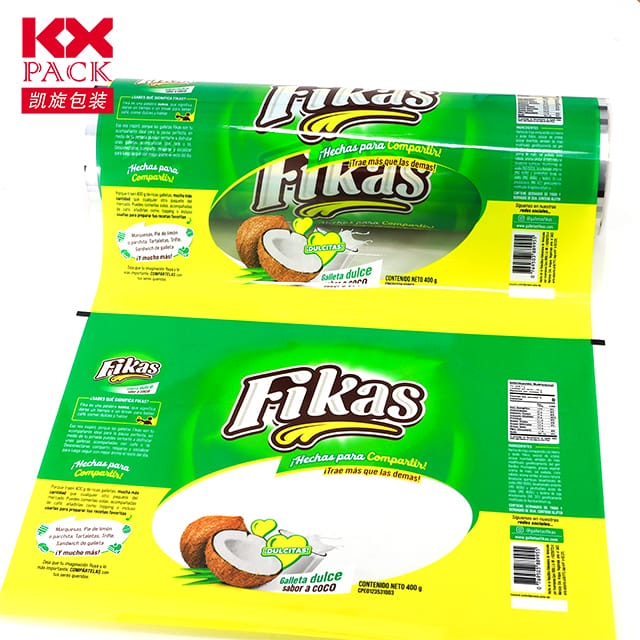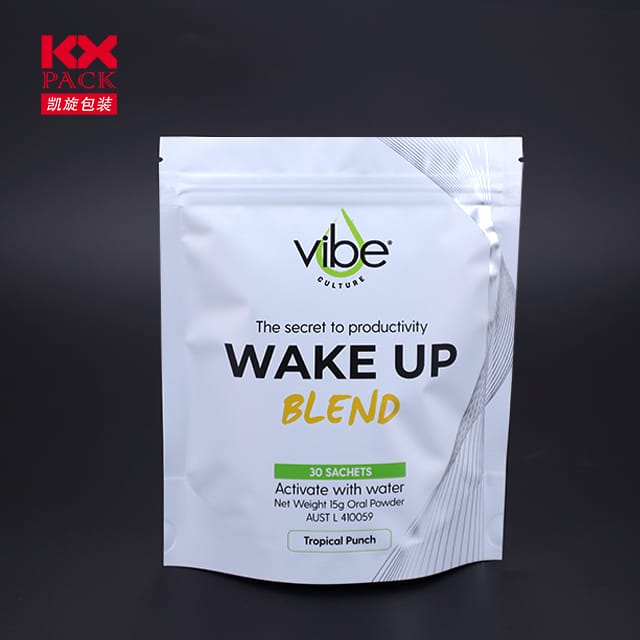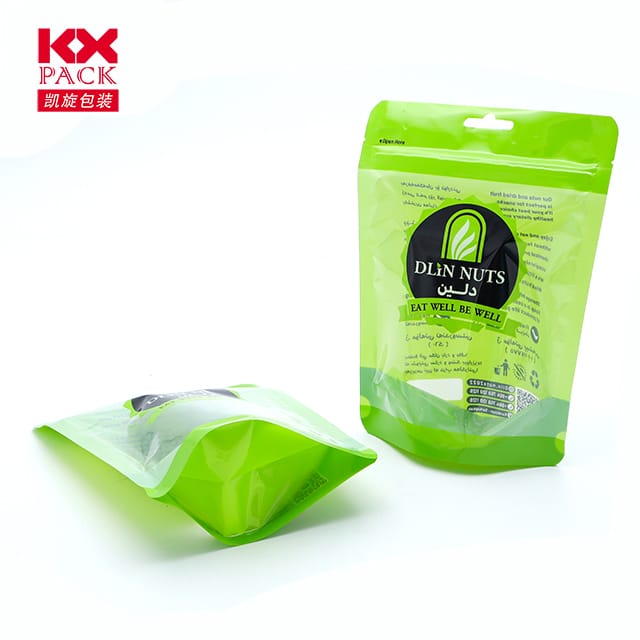플라스틱 포장 필름의 양날의 검: 편의 vs. 지속 가능성 (2)
플라스틱 포장 필름
In our fast-paced, 소비자 중심의 세계, 플라스틱 포장 필름 has become an ubiquitous yet often overlooked component of daily life. 신선한 농산물 포장에서 남은 봉인을 밀봉하는 것까지, 운송 중 전자 제품 보호, 또는 간식의 신선도를 보존합니다, 이 얇은, Flexible Material은 타의 추종을 불허하는 편의성을 제공합니다. 그러나 환경 문제가 발생할 때 마운트, 광범위한 사용은 중요한 질문을 제기합니다: Is plastic packaging film a necessary evil, or can we find sustainable alternatives without sacrificing functionality? 전문가를 탐색합시다, 단점, and potential solutions.
1. The Upside: Why Plastic Packaging Film Dominates
Plastic film’s popularity isn’t accidental. Its advantages are hard to ignore:
- Preservation Power: By creating an airtight barrier, it extends the shelf life of food, reduces waste, and maintains product quality.
- Lightweight and Cost-Effective: Compared to glass or metal, plastic film is cheaper to produce, 수송, 그리고 저장, making it a favorite for businesses and consumers alike.
- 다재: It can be molded, printed, or combined with other materials (like aluminum) to suit diverse needs, from vacuum-sealed coffee bags to shrink-wrapped toys.
- 위생 및 안전: In medical and food industries, sterile plastic films protect against contamination, ensuring public health.
2. The Downside: The Environmental Toll of Plastic Film
Despite its benefits, plastic packaging film’s environmental impact is staggering:
- 비 생분해 불가: Most plastic films are made from polyethylene (체육) 또는 폴리 프로필렌 (PP), which take centuries to decompose. A single plastic wrapper could outlive generations.
- 미세한 오염: 고장 났을 때, plastic films fragment into tiny particles that infiltrate soil, 수로, and even the human body, posing health risks.
- 재활용 도전: Only 9% of all plastic waste is recycled globally, and plastic films are particularly tricky. Their thin, lightweight nature often clogs recycling machinery, leading many facilities to reject them.
- Carbon Footprint: The production and incineration of plastic films release greenhouse gases, contributing to climate change.
3. Innovations and Alternatives: Paving the Way for Sustainability
The tide is turning, however. 브랜드, scientists, and consumers are pushing for eco-friendly solutions:
- 생분해 성 필름: Made from plant-based materials like cornstarch or cellulose, these films break down naturally in composting conditions. Companies like TIPA® and BioPak are leading the charge.
- 식용 포장: Imagine eating your snack’s wrapper! Innovations like seaweed-based films (used by brands like Notpla) offer a zero-waste solution.
- Reusable Systems: Some businesses are ditching single-use films entirely in favor of refillable containers or reusable silicone wraps (예를 들어, Bee’s Wrap).
- Improved Recycling Infrastructure: Advanced sorting technologies and chemical recycling methods are making it easier to recover and repurpose plastic films.
4. What Can You Do as a Consumer?
Change starts at the individual level. Here’s how to reduce your plastic film footprint:
- Opt for Bulk Purchases: Buy in bulk using your own containers to minimize packaged goods.
- Choose Brands with Sustainable Packaging: Look for certifications like “compostable” or “recyclable” on products.
- Reuse and Repurpose: Wash and reuse plastic wraps for covering leftovers or organizing small items.
- Advocate for Change: Support policies and companies that prioritize eco-friendly packaging.
최종 생각
Plastic packaging film is a testament to human ingenuity—a material designed to solve problems that now threatens the planet. While eliminating it entirely may not be feasible, transitioning to sustainable alternatives and adopting mindful consumption habits can mitigate its harm.
The future of packaging lies in balance: harnessing innovation to preserve convenience without compromising the health of our Earth. 소비자로서, we hold the power to drive this change. 그래서, the next time you unwrap a product, 스스로에게 물어보세요: Is there a better way?
What’s your stance on plastic packaging film? Share your thoughts or eco-friendly hacks in the comments below! 🌍♻️







